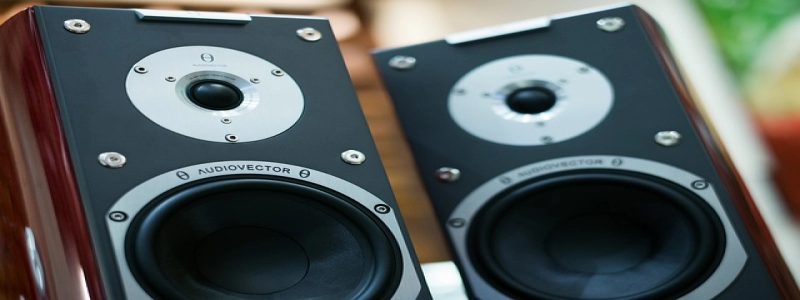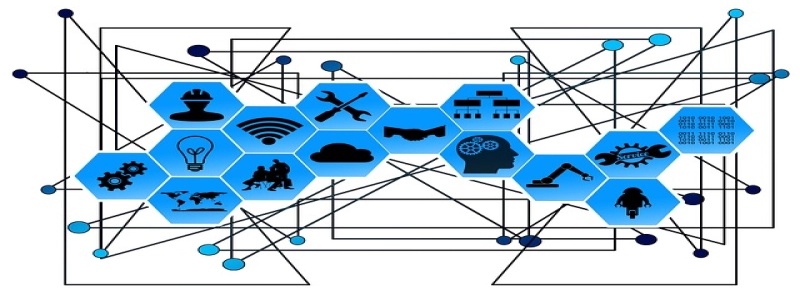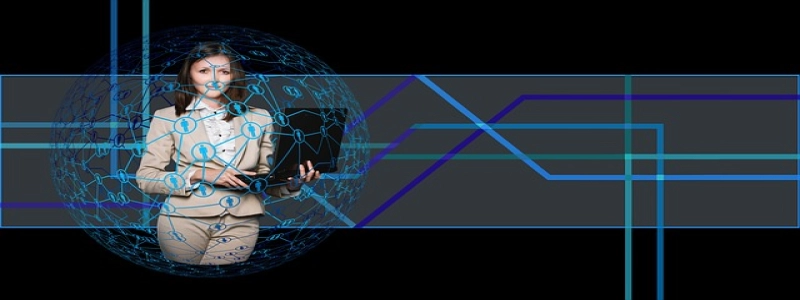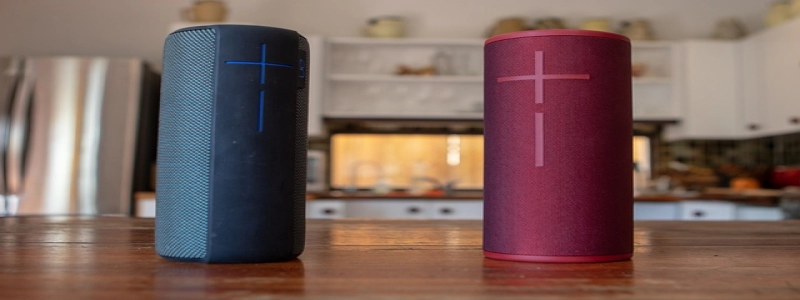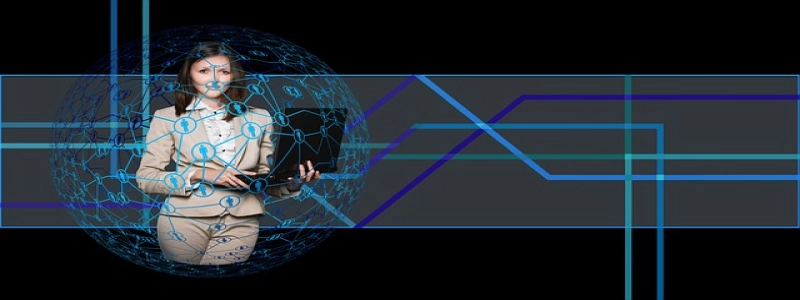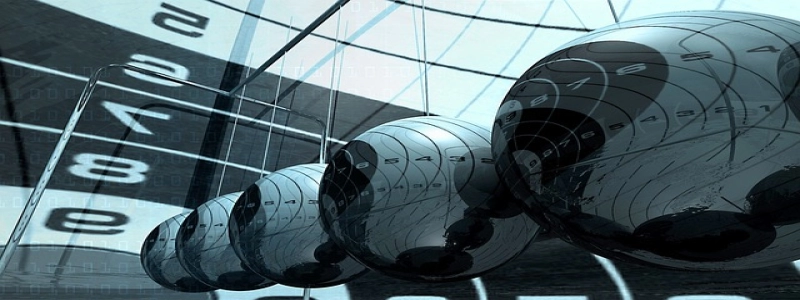Do Long Ethernet Cables Affect Speed?
Introduction:
Ethernet cables have become a common means of connecting devices to the internet or a local network. While they are known for their reliability and stability, there is often a debate about whether the length of an Ethernet cable can affect its speed. This article aims to provide a detailed explanation of the impact of long Ethernet cables on speed.
I. Understanding Ethernet Cables:
1.1 What is an Ethernet cable?
An Ethernet cable is a type of wired connection used to connect devices, such as computers, routers, and switches, to a network or the internet. It transmits data through twisted pairs of copper wires.
1.2 Categories of Ethernet cables:
Ethernet cables come in different categories, such as Cat5, Cat5e, Cat6, and Cat7. These categories define the cable’s capabilities, including its maximum speed and bandwidth.
II. Factors Affecting Ethernet Cable Speed:
2.1 Cable Category:
The category of an Ethernet cable determines its maximum speed. For example, Cat5 cables can support up to 100 Mbps, while Cat6 cables can handle up to 10 Gbps. Therefore, using a cable that can support higher speeds is crucial for achieving faster connection speeds.
2.2 Cable Length:
The length of an Ethernet cable can affect its speed to some extent. While shorter cables tend to offer better performance, longer cables may experience signal loss due to attenuation. However, the impact of cable length varies depending on the cable’s category.
III. Impact of Long Ethernet Cables on Speed:
3.1 Signal Loss and Attenuation:
As Ethernet signals travel through the copper wires of a cable, they experience attenuation, which leads to a decrease in signal strength. Longer cables have more copper wiring, resulting in higher attenuation over distance. This attenuation can potentially affect the speed and reliability of the connection.
3.2 Maximum Cable Lengths:
Each Ethernet cable category has a maximum recommended length to ensure optimal performance. For example, Cat5 cables should not exceed 100 meters (328 feet), while Cat6 cables can reach up to 55 meters (180 feet) for 10 Gbps speeds. Going beyond these limits may result in noticeable speed degradation or even a complete loss of connection.
IV. Mitigating Speed Issues with Long Ethernet Cables:
4.1 Use Higher Category Cables:
To mitigate the impact of long cables on speed, it is recommended to use higher category cables. Upgrading from Cat5 to Cat6 or Cat7 can provide better performance over longer distances.
4.2 Proper Cable Installation:
Proper installation techniques, such as avoiding excessive bends or kinks in the cable, can help minimize any additional signal loss caused by physical damage or interference.
4.3 Using Signal Boosters or Repeaters:
In cases where a long Ethernet cable is necessary, signal boosters or repeaters can be employed to boost the signal strength and maintain a stable and fast connection.
Conclusion:
While the length of an Ethernet cable can have some impact on speed and performance, it is generally advisable to use shorter cables for optimal results. However, by selecting the appropriate cable category, ensuring proper installation, and employing signal-boosting techniques, the negative effects of long Ethernet cables can be mitigated, allowing users to still enjoy fast and reliable internet connections.


